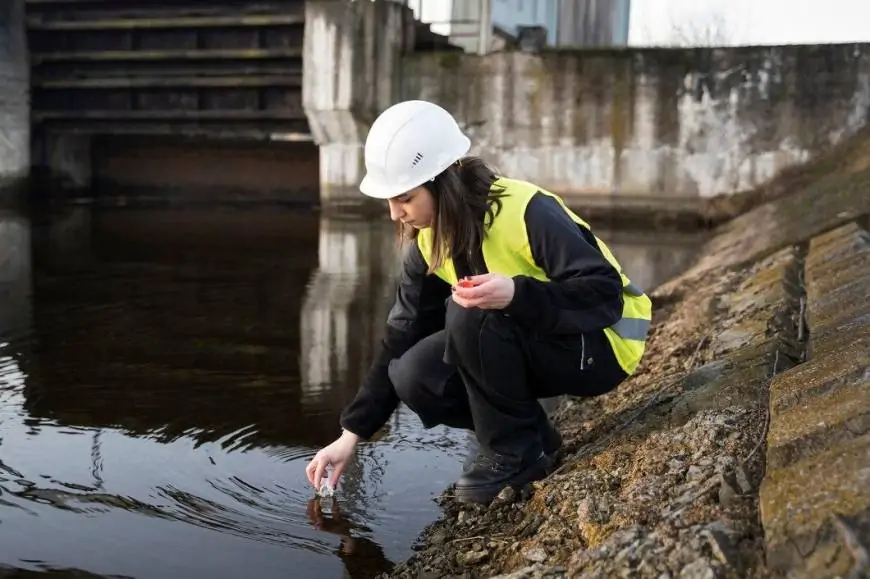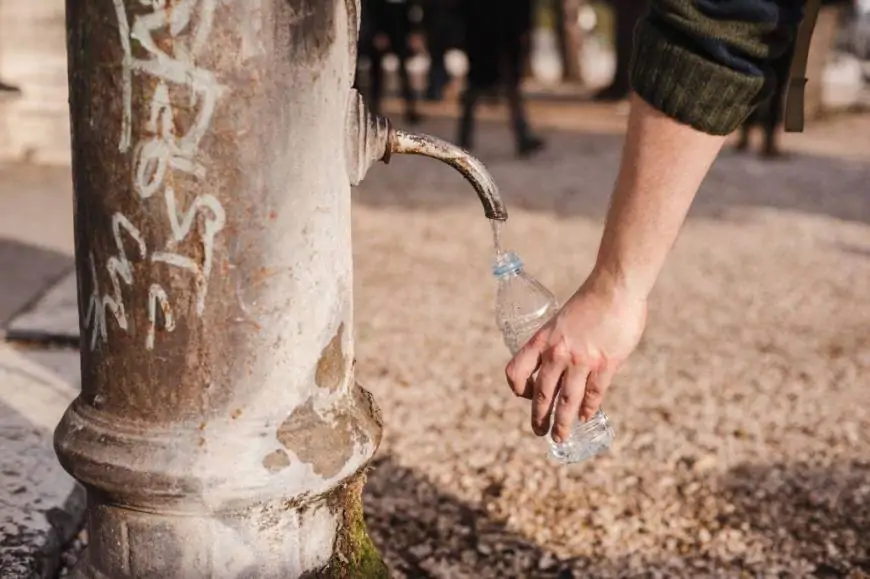Camp Lejeune, a United States Marine Corps base in North Carolina, is known for its long history of military excellence. However, it is also infamous for a water contamination crisis that spanned over three decades.
From the 1950s to the 1980s, the water supply at Camp Lejeune was severely contaminated with hazardous chemicals, leading to serious health issues for thousands of military personnel and their families. But how did this happen? Let’s dive into the story of how the water at Camp Lejeune got contaminated and the devastating impact it had.
If you are suffering from a serious illness due to exposure to the contaminated water at Camp Lejeune, it is crucial to take action now. By enlisting the help of experienced attorneys, you can pursue the compensation and justice you rightfully deserve. To understand the Camp Lejeune Lawsuit, you must first know about the origins of the contamination.
The Origins of Contamination
The contamination at Camp Lejeune began in the 1950s when industrial solvents, specifically trichloroethylene (TCE) and perchloroethylene (PCE), started seeping into the groundwater. These chemicals are used primarily as degreasers and dry-cleaning agents.
At Camp Lejeune, they were widely used for cleaning military equipment and by an off-base dry-cleaning business. Over time, these solvents leaked from storage tanks and disposal sites, infiltrating the wells that supplied water to the base.
The Wells: A Hidden Hazard
Two main water distribution systems were affected: Hadnot Point and Tarawa Terrace. Hadnot Point’s water was contaminated primarily by TCE, while Tarawa Terrace was mainly affected by PCE. These contaminants are dangerous even at low levels, and the concentrations at Camp Lejeune were significantly higher than the safety limits established by the Environmental Protection Agency (EPA).
The wells supplying these systems were situated near waste disposal sites, underground storage tanks, and other sources of contamination. Despite the presence of these hazardous chemicals, the military and local authorities did not regularly test the water for these specific compounds until much later.

Detection and Response
It wasn’t until the early 1980s that routine testing revealed the presence of TCE and PCE in the water supply. In 1982, the Marine Corps discovered the contamination, but it took years before decisive action was taken. The wells were not shut down until 1985, leaving a significant window of exposure for those living and working on the base.
The delay in response was due to a lack of awareness about the dangers of these chemicals at the time. Additionally, there was a significant amount of bureaucratic inertia and a failure to communicate the risks to the residents. This period of inaction exacerbated the exposure and its health consequences.
Health Impacts
The health effects of TCE and PCE exposure are severe and varied. Studies have shown that prolonged exposure to these chemicals can cause cancers, including leukemia, kidney cancer, and liver cancer. They are also linked to other serious conditions, such as birth defects, miscarriages, and neurobehavioral effects.
Wrapping Up
The water contamination at Camp Lejeune is a tragic example of the long-term consequences of environmental neglect and regulatory failure. Camp Lejeune serves as a stark reminder of the importance of vigilant environmental stewardship and the need to prioritize the health and safety of communities. The lessons learned from this disaster continue to shape policies and practices, aiming to ensure that such a tragedy never happens again.








